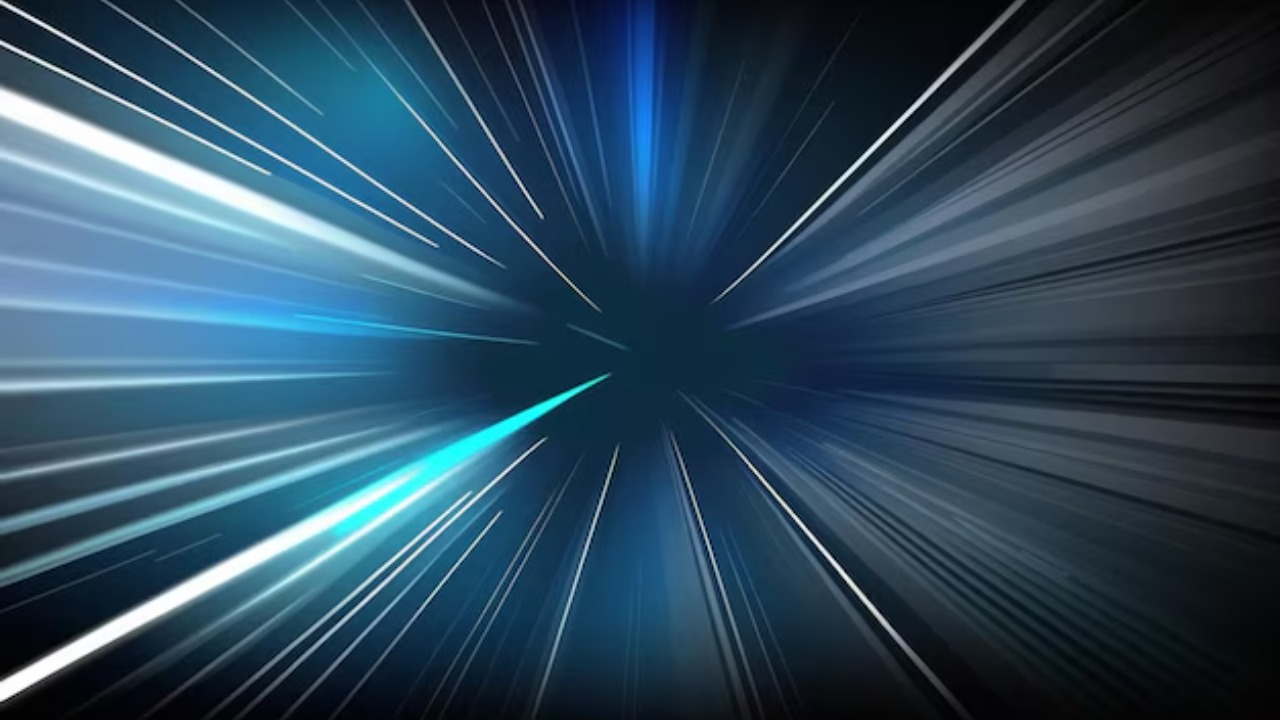
Faster-than-light (FTL) travel is a concept that has long captivated both the scientific community and science fiction enthusiasts. In a cosmos where light speed is viewed as the ultimate velocity barrier, the prospect of exceeding this limit presents thrilling and contentious opportunities.
Understanding the Speed of Light Limitation
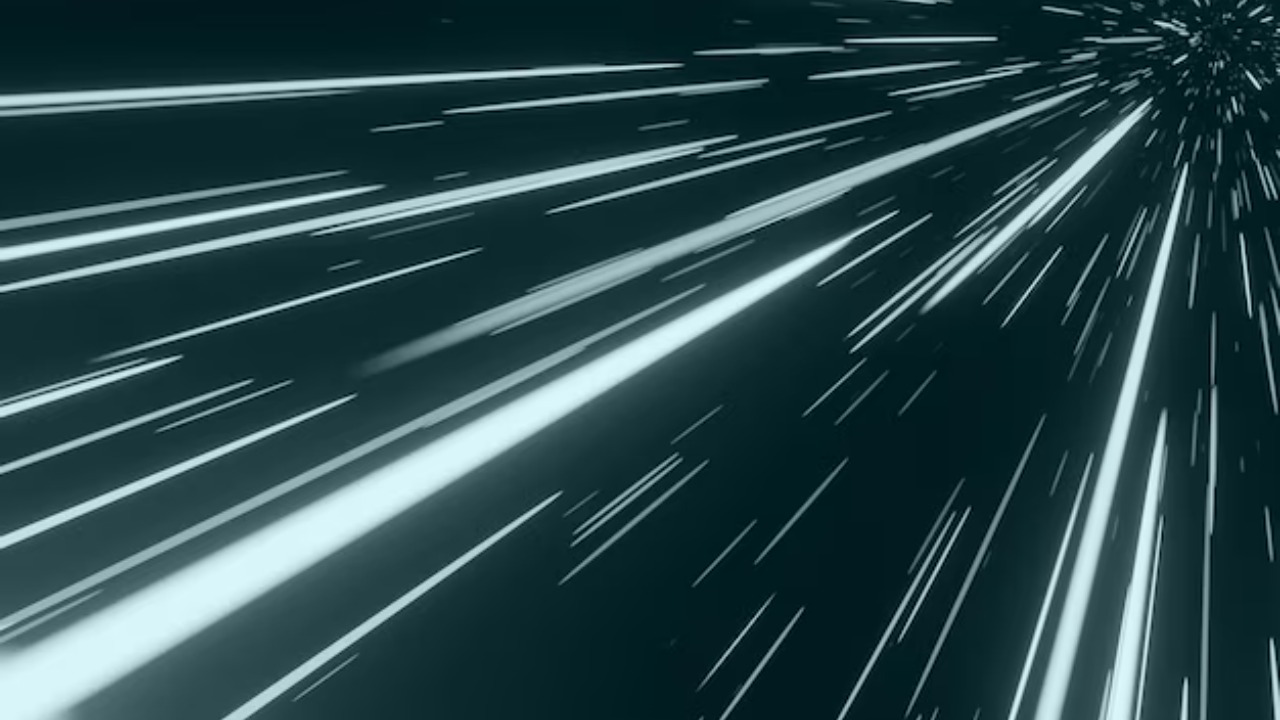
The speed of light limitation is derived from Einstein’s theory of relativity. According to this principle, nothing can travel faster than light within a vacuum. This speed, approximately 299,792 kilometres per second, is often considered an insurmountable barrier due to the immense energy required to reach it.
This barrier is intimately connected with the concept of time dilation. As an object approaches the speed of light, time for that object slows down relative to a stationary observer. This means that from the perspective of a photon, time doesn’t pass at all. The energy requirement to reach light speed is also significant. According to the theory of relativity, an object’s energy increases as it approaches light speed, theoretically requiring infinite energy to reach or exceed this speed.
Theoretical Models for Faster-Than-Light Travel
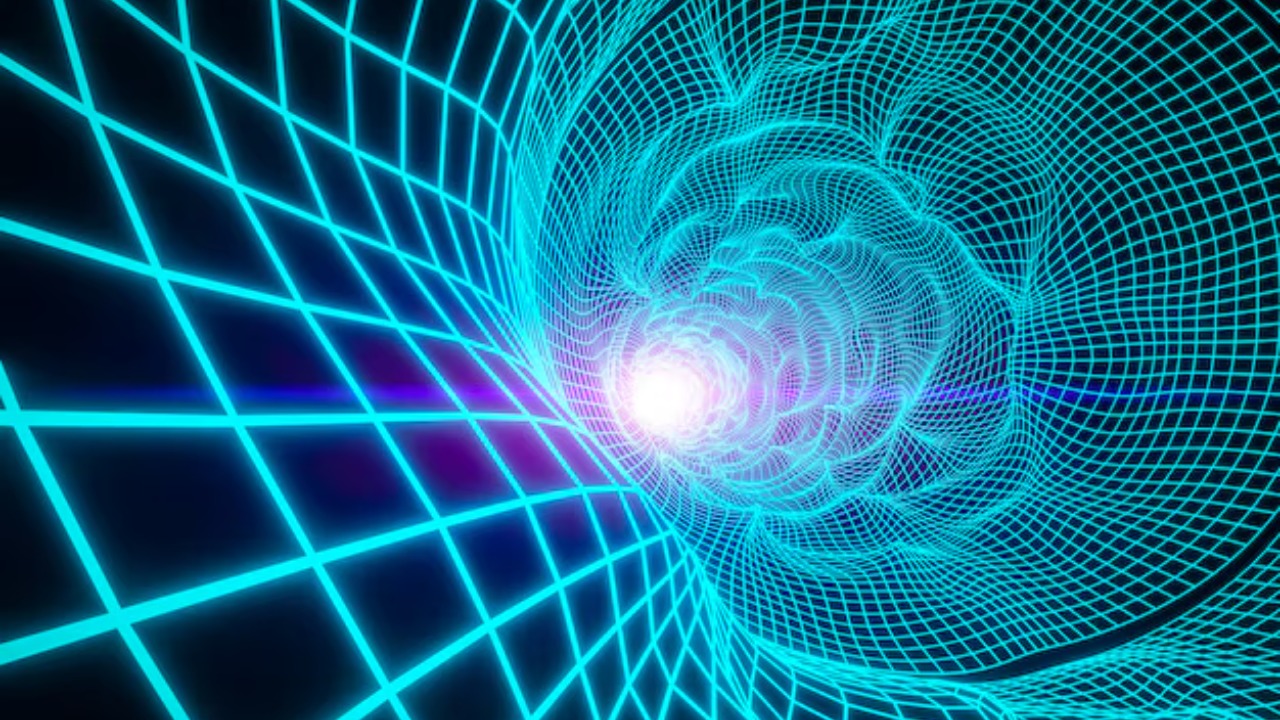
The concept of warp drives and the Alcubierre Drive has been proposed as one method to bypass the light speed limit. The Alcubierre Drive, named after Mexican physicist Miguel Alcubierre, doesn’t actually move the spaceship at speeds exceeding light. Instead, it proposes the manipulation of spacetime around the spacecraft, essentially creating a bubble that allows the ship to ‘surf’ on a wave of spacetime.
Another theory for FTL travel involves Quantum Tunneling. This is a quantum mechanical phenomenon where particles can pass through potential barriers. Theoretically, if this could be controlled and scaled up, it could provide a method for instantaneous travel, essentially bypassing the need for speed.
Tachyons, hypothetical particles that always move faster than light, also play a significant role in FTL theories. If they exist, they could potentially be used to transmit information or even transport matter faster than light.
Challenges and Controversies Surrounding FTL Travel

The idea of FTL travel does not come without its controversies. One major issue is the potential for causality paradoxes, such as the “grandfather paradox”. This refers to a hypothetical situation where someone travels back in time and prevents their own birth, creating a paradox. FTL travel could potentially enable such paradoxes, creating significant philosophical and scientific challenges.
Additionally, the energy and matter requirements for proposed FTL methods, like the Alcubierre Drive, are currently far beyond our technological reach. For instance, it’s estimated that the energy required for the Alcubierre Drive is equivalent to the mass-energy of the planet Jupiter.
The feasibility of FTL travel is still a hotly debated topic in the scientific community. While some believe it might be possible with future technological advancements, others argue that it’s fundamentally impossible due to the basic laws of physics.
Recent Developments and Research in FTL Travel
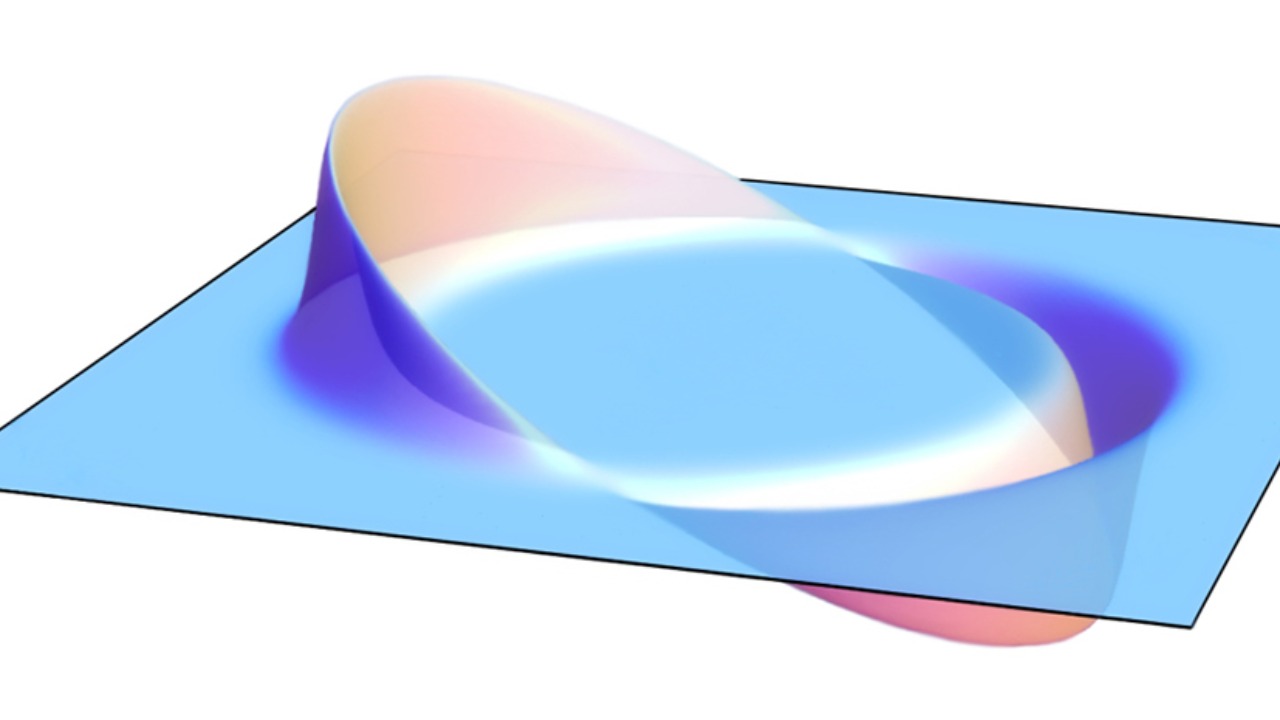
Despite the challenges, there have been some intriguing developments in the field of FTL research. For instance, Stephen Wolfram, a renowned scientist and inventor, has proposed new physics models that could have implications for FTL travel. These models suggest that the universe is fundamentally computational, potentially allowing for ways to bypass the speed of light limit.
Recent studies have also suggested that warp drives may be closer to reality than previously thought. A study found that certain modifications to the original Alcubierre Drive could significantly reduce the energy requirements, potentially making warp drives more feasible.
Advancements in technology and research are continually pushing the boundaries of our understanding, and the possibility of FTL travel continues to be explored. As these theoretical models are further developed and tested, we may be moving closer to turning FTL from theory to reality.
The Potential Impact of FTL Travel on Exploration and Communication
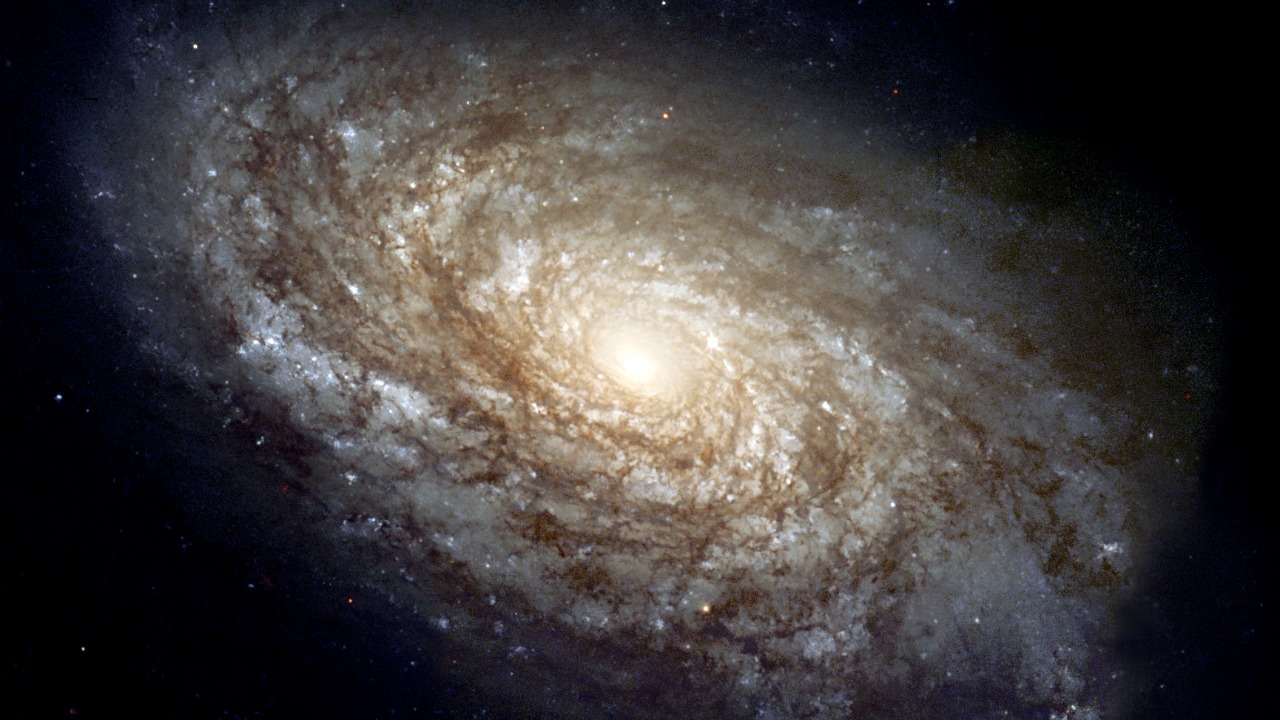
If FTL travel becomes a reality, it could revolutionize space exploration. The ability to travel faster than light would open up the potential for interstellar exploration and colonization. Traveling to nearby star systems could become feasible within a human lifespan, potentially allowing us to become a multi-stellar species.
FTL travel could also have significant implications for data transfer and information technology. The ability to send information faster than light could revolutionize communication, particularly in terms of interstellar communication.
Finally, FTL travel could have significant societal and cultural impacts. Our perception of distance, time, and space could be fundamentally changed, leading to shifts in society that are hard to predict. As we continue to explore the possibilities of FTL travel, we may be on the cusp of a new era in human history.